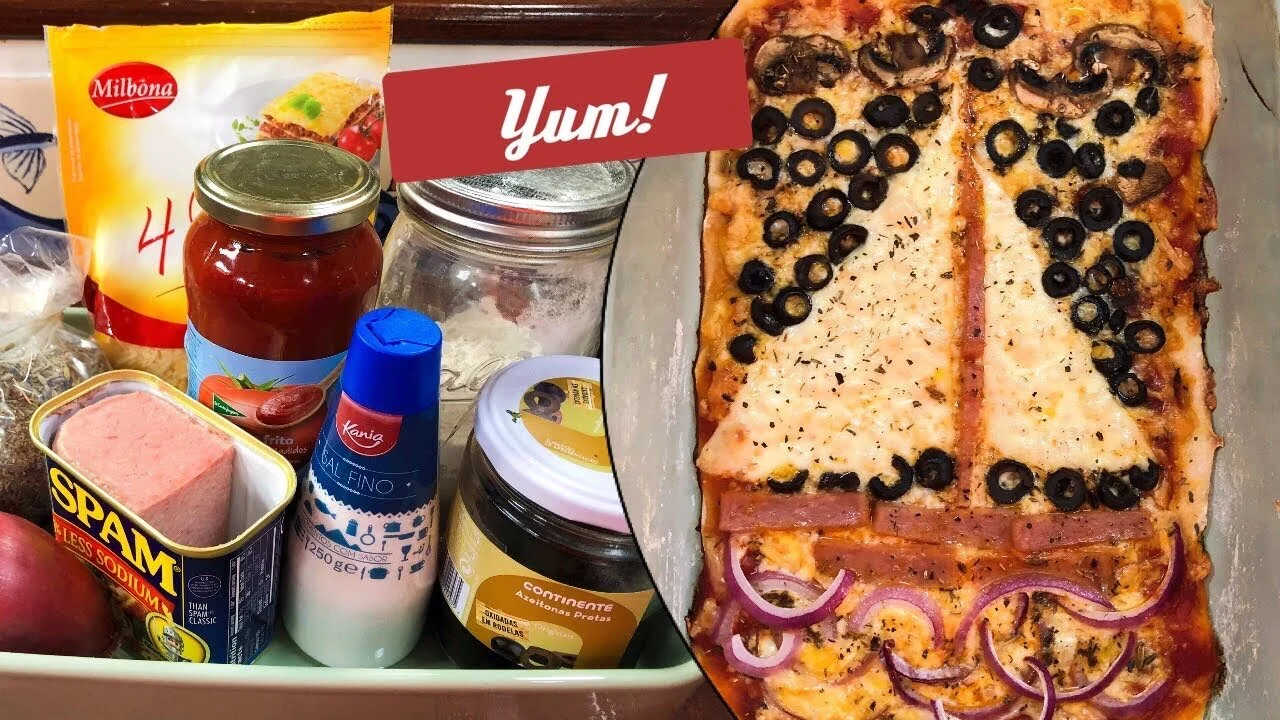Our first day out, we made it 64 nautical miles before noon. I don’t like to factor my speed on the first day because I wasn’t always sailing since noon! We usually leave a harbor when the winds are right and not when the clock says “GO!” so the first day is never a 24 hour run.
The first day also had some added drama. As we left the harbor, we noticed that the steering was acting funny. We could turn to port well but not quickly to starboard. Eventually, the helm would be hard over and we were no longer able to turn into downwind. We thought it was weatherhelm, but the helm was very light. Eventually, we were unable to fight the slight weatherhelm we had and were forced to tack. Then, with time, the helm would gradually switch and we would no longer be able to turn to port and only to starboard. The mystery was baffling until my imagination began to wonder (a dangerous thing).
I knew the rudder was still attached to the boat because we still had some steerage, but the fact that it was switching sides made me think that the rudder was slowly slipping around the rudder post. This can occur when the welds to the frame inside the rudder corrodes and the only thing keeping the rudder in position is the friction of the fiberglass of the rudder onto the stainless steel rudder post. This kind of slippage will eventually wear out and the rudder will begin to swing uncontrollably around giving us no steerage.
We made the discovery just after making our way out of the narrow and complicated breakwater in Angra do Heroismo. With questionable steerage, we would not be able to safely sail through the breakwater again, so our only choice was to keep going and head to Portugal, 1,200 nautical miles away without a rudder!
My mind was rushing and I was coming up with solutions to give us steerage. If the rudder was broken, the emergency tiller would be worthless since the connection to the rudder was the failure. We could drag a line on a yoke behind the boat to keep the stern pointed where we want it, steering with winches that pull the line more to the starboard or port side of the stern. We could also rig up the sculling oar and use it as an emergency rudder.
Then I thought, “let me check the rudder quadrant”, what if the key slipped out? I put my fingers on the rudder quadrant and post and felt the key way but no key! The key slipped out and the rudder quadrant was slipping around the rudder post, which was making the rudder slip relative to the helm. Thankfully, the key was right next to the post sitting in the bilge and repairs could be completed.
We lowered the mainsail and ran under just the staysail. This took out any helm and allowed the boat to sail straight through the water down wind with the rudder trailing. I loosened the bolts to the quadrant and Maddie turned the helm port or starboard according to my yelled directions until she got the quadrant lined up perfectly with the key slot on the rudder post. With them all lined up, I slipped the key into the keyway and we once again had steerage! I then adjusted the quadrant height so that the cables would not rub oddly on the bronze and tightened everything down. We left Terceira with sadness since we really didn’t want to leave, and almost had to turn around because of mechanical problems, but these problems precluded us from being able to return! Away we sailed until the repairs were carried out and then we officially left the archipelago.










